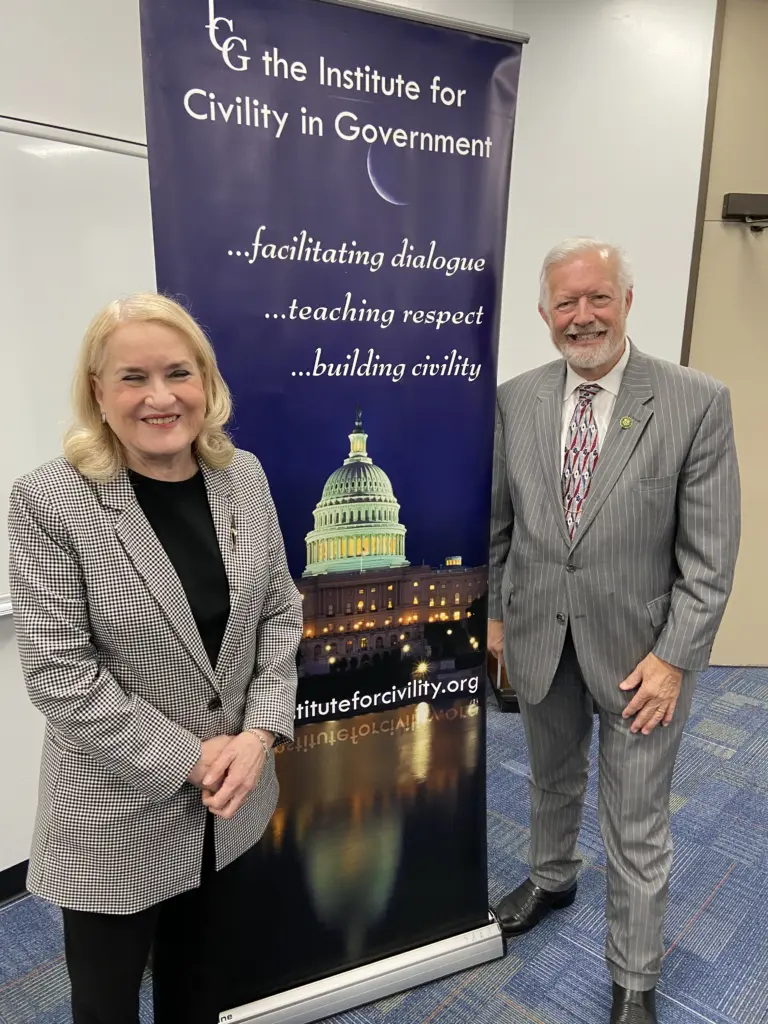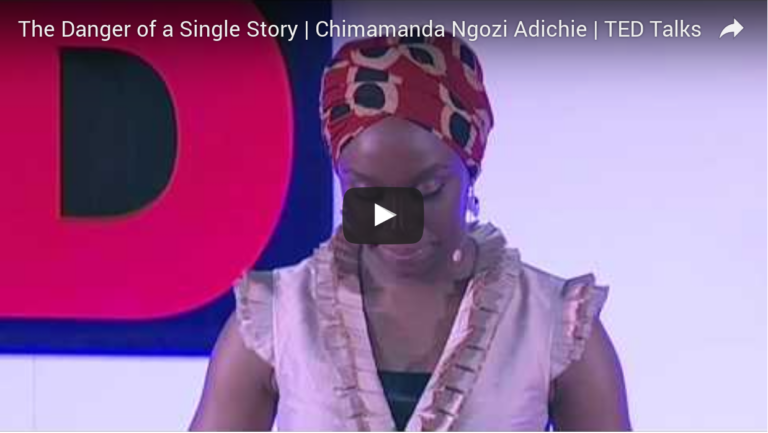Hands Up, Don’t Shoot and Other Discourses of Civility
Do civil disobedience and public protest have a part to play in a civil political culture?
The question seems like a strange one following more than six months of highly visible, sometimes violent protests that began in August 2014 with the shooting death of Michael Brown in Ferguson, Missouri, and that were fueled by the subsequent decision not to indict Darren Wilson, the police officer who pulled the trigger.
The media certainly characterized the events following those incidents in incendiary, uncivil terms. Pennlive.com, the online branch of Harrisburg, Pennsylvania’s Patriot-News, ran a story in the days following Brown’s death comparing the outcry in Ferguson to the violent racial strife of the 1960s. The unrest, wrote reporter Christine Vendel, brings back memories for some longtime Harrisburg residents who remember the 1969 race riots in Allison Hill that claimed the life of an 18-year-old man.
The Washington Post did the same, quoting civil rights attorney Barbara Arnwine, who compared the protests in Ferguson to the 1965 Watts Riots, saying: We’re in a time warp. Watts was bad, but this is the worst thing I’ve seen.
It is no wonder why the media framed the events in these terms, with looting and vandalism cropping up alongside the peaceful protests, and images like this one of tear-gas saturated conflicts with riot police appearing at the fore.

And it is no wonder, with so many authoritative voices striking the same tone, that even a well-informed public might have come to see the Ferguson protests — and public protest in general — as an inherently uncivil facet of American political culture.
But it doesn’t have to be that way. I asked Institute co-founder Cassandra Dahnke about the subject, and this is what she had to say:
I have been thinking for a long time about public demonstrations / civil disobedience and how all of that relates to civility. Some people think they are mutually exclusive. I do not. It is important for citizens to be able to exercise their right to assemble, and it is key to a healthy democracy that they do so. It is also a practice that is only enhanced when framed by civility.
There is no rule that says that public demonstrations — even demonstrations whose mantra is hands up, don’t shoot — must take on a tenor of violence and civil unrest. And there is every reason to think that they should (and can, and do) look more like this:

And this:

On January 19, as part of an observance of Martin Luther King day, I attended a rally and march in Center City, Philadelphia that organizers dubbed the MLK Day of Action, Resistance and Empowerment. Resistance may sound uncivil, but that was far from the tone of the event. Protesters called for improved public education, increased wages, and an end to police violence. And participants, at odds in other aspects of their politics and identities, stood arm in arm — sometimes literally — to make their voices heard.
Religious groups with divergent beliefs on fundamental theological points came together to call for more justice and more peace. They marched in solidarity with protesters bearing the no justice, no peace slogan on their banners, who marched next to groups calling for school reform, a fifteen dollar minimum wage, and simple declarations that I am human.

White folks marched side by side with people of color. There were signs in Chinese declaring that black lives matter. Folks representing labor unions carried signs saying that racism kills. And even the Granny Peace Brigade made an appearance at the march.
According to the Philadelphia Inquirer, police officials estimated the crowd at 3,000, while organizers said it was closer to 6,000. And according to that same report, the police, who maintained a heavy presence all day, reported no arrests.
Rounding the southwest corner of City Hall, about halfway through the march which would end outside the Liberty Bell, I witnessed one woman, perhaps in her fifties, take what looked like a bad fall. The protesters near her all came to her aid, and so too did the police who were shadowing us. It was the closest police officer who arrived most swiftly. And he, seemingly without suspicion or malice, helped her to her feet and made sure she was okay before continuing on his way.
A public protest, of course, is never a civil chat, held quietly indoors. It isn’t a negotiation between two parties who are looking for a middle ground. But those need not be the only models for what civil discourse looks like. And if, as the founders of the Institute assert, civility is claiming and caring for one’s identity, needs and beliefs without degrading someone else’s in the process, then civility was all over Philadelphia’s MLK Day of Action, Resistance and Empowerment.
Civility was present in the appearance of Mayor Michael Nutter at the rally before the event, the fact of which served as an acknowledgment that the protesters’ grievances were real, and deserved a reasonable response. It was present in the dozens of interest groups, who each appeared to raise awareness for their own cause, but who stood in solidarity with the causes of others. It was in the attitude of the crowd toward the police, who were clearly there for the protesters’ protection. And it was there in the attitude of the police toward the crowd, who clearly acknowledged their right to assemble.
And civility was there, especially, in the logic behind the protest. In a society that is all too ready to ignore the voices of the poor, and at a time in our history when — especially on Martin Luther King Day — we are all too ready to declare the Civil Rights Movement an article of our past, what is a public protest declaring that black lives matter and that poor lives matter but an attempt to claim and care for one’s identity? And under those same circumstances, what is the fact that it was done peacefully — often arm in arm and without a single arrest — but an attempt to do so without degrading someone else’s needs in the process?
To the eyes of many, public protests may not have the exterior appearance of civil discourse. But whatever the issue, if planned carefully and with adequate forethought, it is a venue in which civility can thrive.



Mabeth Hallmark Coleman liked this on Facebook.